Ancient news stories

A pair of planetary scientists… have found evidence that the exodus of hominins out of Africa approximately 1 million years ago may have been driven by the first major glaciation of the Pleistocene. See the study here.
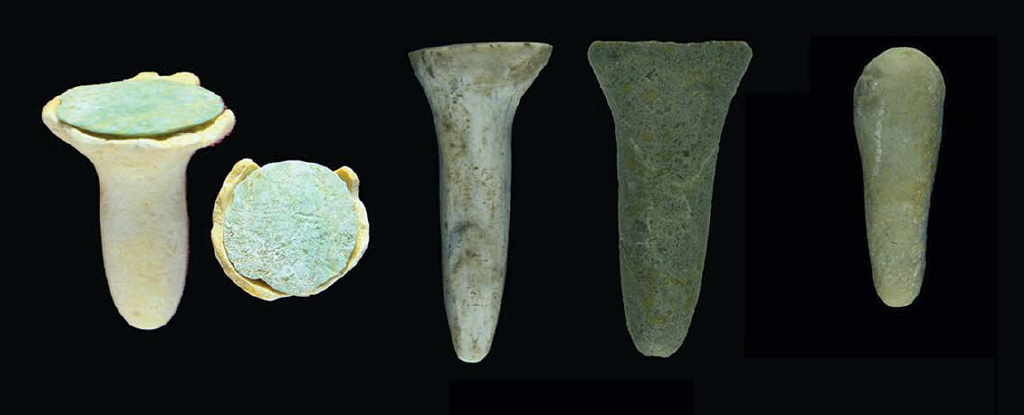
Found in the graves of a Neolithic settlement in south-east Türkiye, they could represent the earliest convincing examples of body piercing. The study has been published in Antiquity.

Indigenous Australians have been using fire to shape the country’s northern ecosystems for at least 11,000 years, according to charcoal preserved in the sediment of a sinkhole. The study was published on 11 March in Nature Geoscience.

Researchers think a sacred language inscribed in cuneiform on the tablet suggest the Hittite king visited or lived where the tablet was found in Turkey.

A slow cosmic dance between Earth and Mars has a hidden effect on cycles in the deep ocean. According to a new analysis of the deep-sea geological record, the gravitational interaction between the two planets results in cyclic changes in deep ocean currents that recur every 2.4 million years.
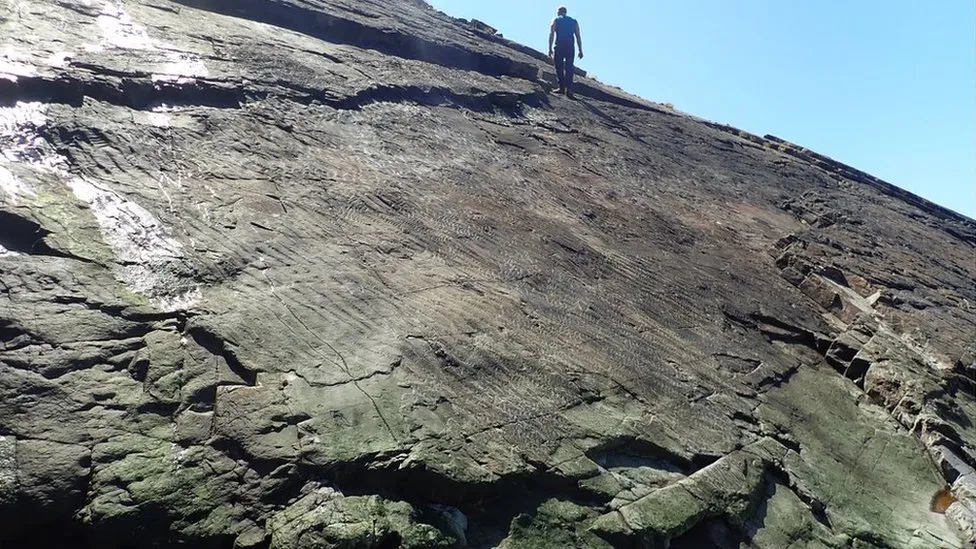
Scientists have found what they believe to be the world’s earliest known fossilised forest in cliffs on the coast of South West England. The researchers say the fossil forest is about four million years older than the previous record holder in New York State.
The oldest firmly dated evidence of human ancestors in Europe has been found at a 1.4-million-year-old site in Ukraine. The findings are detailed in a study published in Nature.
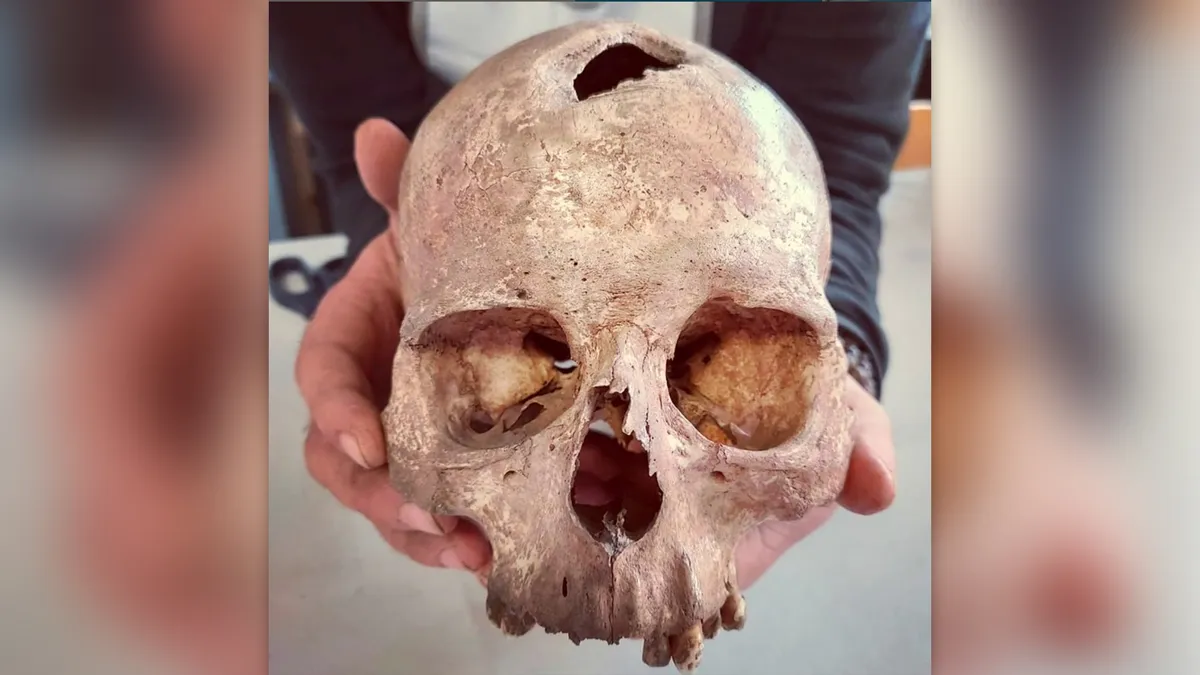
Starting about 7,000 years ago, ancient humans in what is now northeastern Spain buried their dead deep in a cave, creating a necropolis of sorts that spans about four millennia and now contains more than 7,000 bones, according to archaeologists. And there are signs it may have been used for tens of thousands of years before that.
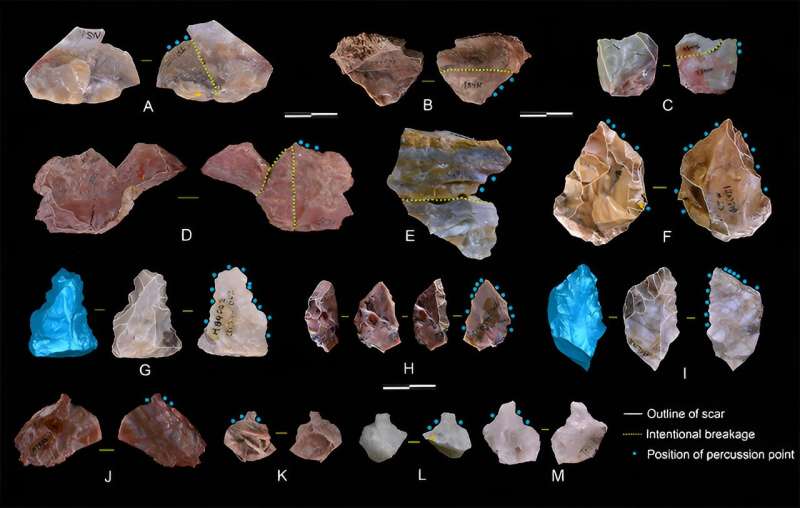
A new study from the Nihewan basin of China has revealed that hominins who possessed advanced knapping abilities equivalent to Mode 2 technological features occupied East Asia as early as 1.1 million years ago (Ma), which is 0.3 Ma earlier than the date associated with the first handaxes found in East Asia. This suggests that Mode 2 hominins dispersed into East Asia much earlier than previously thought.

Mainstream science has done its best to debunk the notion, but a belief in a world-changing series of prehistoric impacts continues to gain momentum.

In the largest ever modern whole-genome analysis from South Asia…The study also turns up a surprise: an unexpectedly rich diversity of genes from Neanderthals and their close evolutionary cousins, the Denisovans. Because no fossils of these ancient human relatives have been found in India, researchers are speculating about how these genes got there—and why they stuck around.

Psilocybe mushrooms appear to have started producing psilocybin roughly 67 million years ago, right around the dinosaurs’ demise, new research shows.
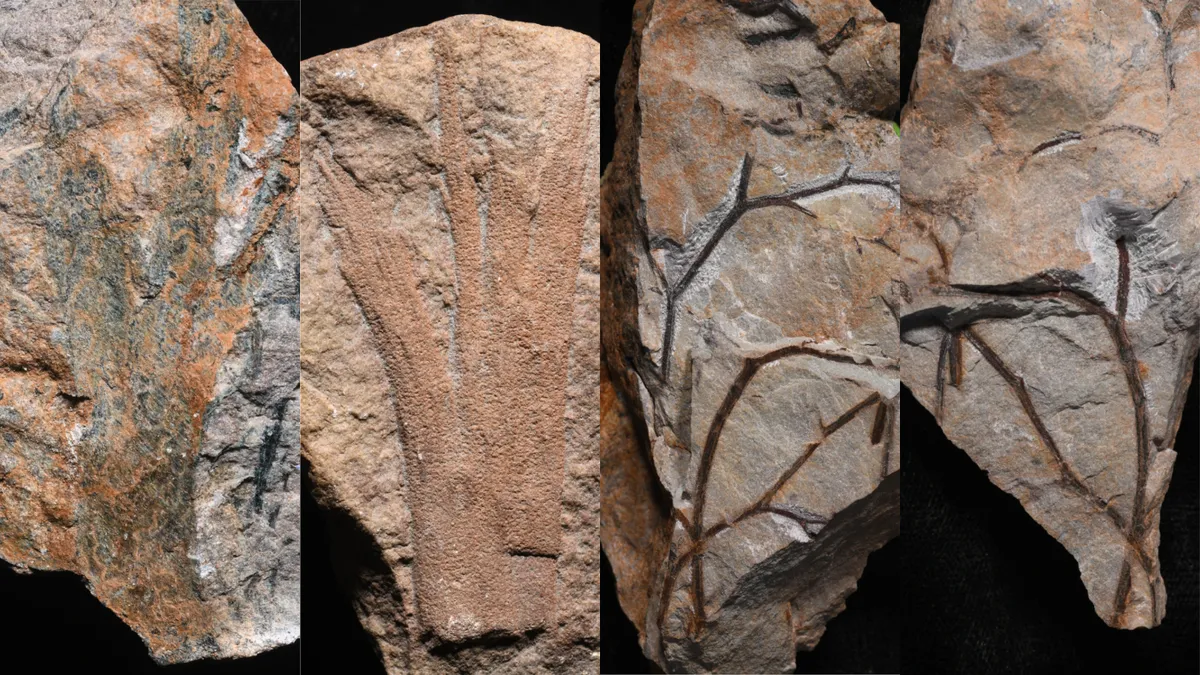
Fossilized trees discovered by chance in southwest England belong to Earth’s earliest-known forest, new research has found. The 390 million-year-old fossils supplant the Gilboa fossil forest in New York state, which dates back 386 million years, as the world’s oldest known forest.
Archaeologists have identified evidence of a Jewish-Islamic scientific collaboration having taken place a thousand years ago, thanks to an archaic star chart once thought to be a forgery. Gigante’s analysis is published in the journal Nuncius.
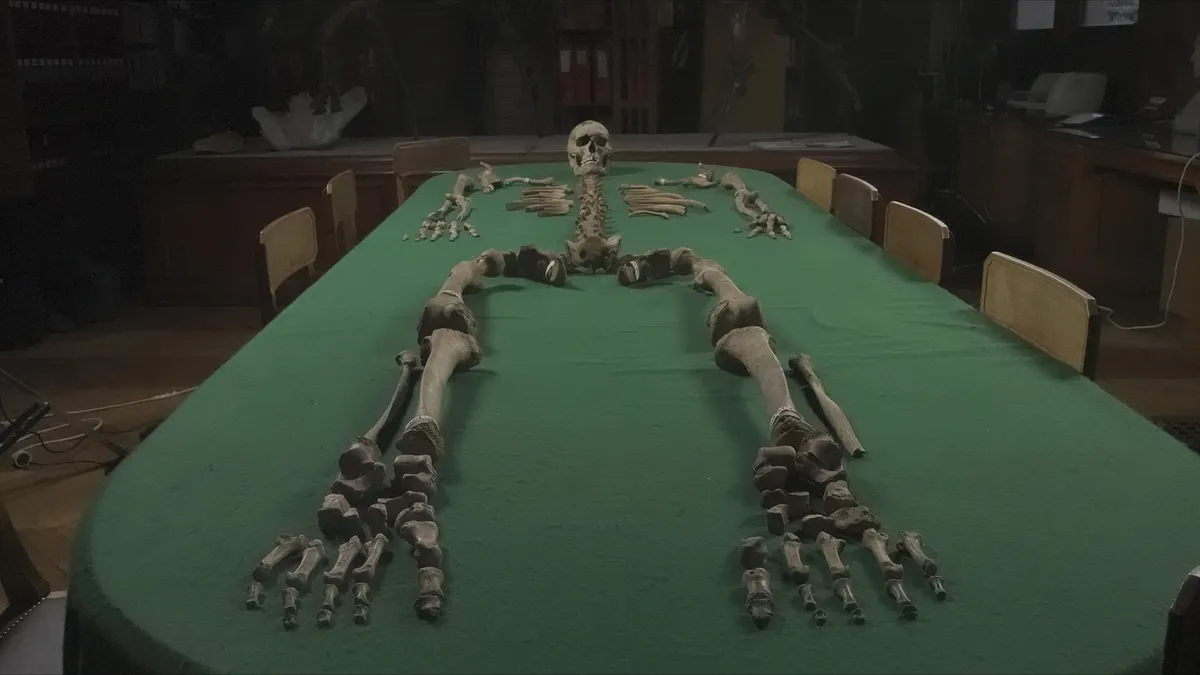
An investigation into the genomes of 10 people who lived between 6350 and 4810 B.C. revealed few biological links among these small communities, according to a study published Feb. 26 in the journal PNAS.

Roughly 128 million years ago, snakes suddenly burst into an abundant existence on Earth, eventually diversifying into the 4,000 or so species we see today. See the research in Science.








